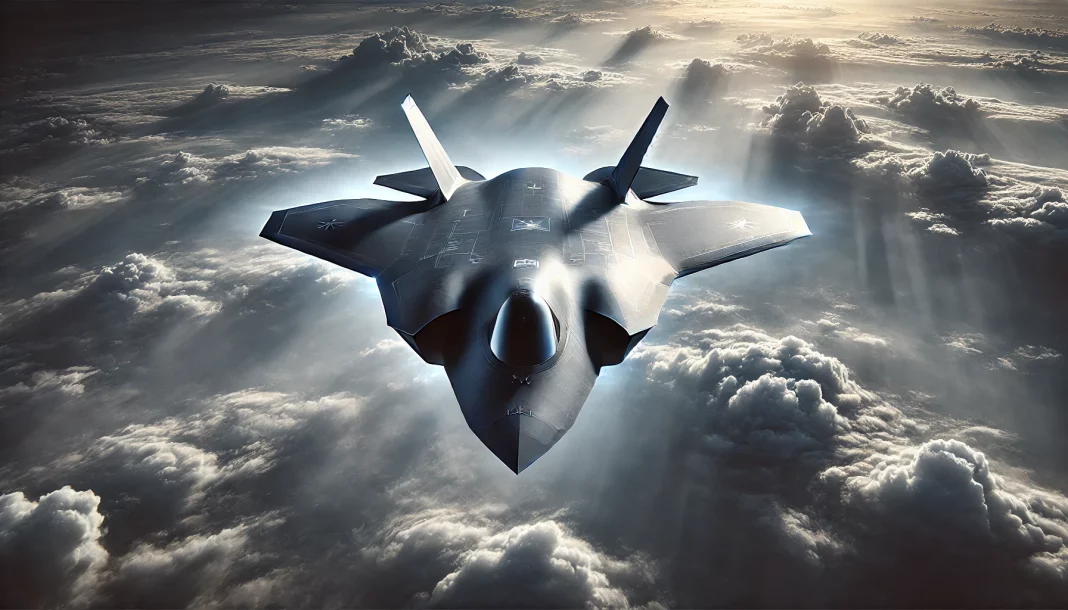In a significant development for air combat technology, China has unveiled its latest stealth fighter jet, the J-35A, at the Zhuhai Airshow amidst rising geopolitical tensions with the United States and India. The J-35A is characterized as a fifth-generation fighter, presenting itself as a direct competitor to the American F-35, and it is touted to feature advanced stealth technology that renders it nearly invisible to radar systems. This capability is expected to enhance its operational effectiveness in enemy territories.
The introduction of the J-35A by the People’s Liberation Army Air Force underscores China’s ambition to strengthen its military aviation capabilities. According to Colonel Niu Wenbo of the Chinese Air Force, the J-35A is a versatile medium-sized fighter equipped to perform multiple roles, suggesting it can handle a variety of combat missions.
Notably, the fighter jet has attracted interest from Pakistan, which has confirmed its purchase of the J-35A. Reports indicate that supply is set to begin soon, and Pakistani pilots are already undergoing training for operation of the new aircraft. This partnership between China and Pakistan in developing their air force capabilities poses a strategic concern for India, especially given the ongoing hostilities in the region.
In contrast, India’s efforts to bolster its own air force face significant obstacles. The Indian Air Force (IAF) is currently awaiting the new version of its indigenous Tejas fighter jet, a fourth-generation aircraft that lacks the stealth technology found in its Chinese counterpart. Compounding these delays, US company GE has indicated that it will not be able to provide engines for the upgraded Tejas until 2025, leaving India’s aerial defense capabilities in a vulnerable position while China continues to enhance its military assets.
While India grapples with the stagnation of its Tejas program, China is rapidly advancing its aerospace technology. The upcoming Zhuhai Airshow, set to run from November 12 to 17, will further showcase military aviation developments, including the participation of Russia’s Sukhoi-57 fighter jet. Despite the lack of comprehensive details about the J-35A’s induction status into the Chinese Air Force, its unveiling has sparked discussions among defense analysts and on social media platforms in China.
Experts assert that the J-35A represents China’s strategic response to the ongoing American influence in global air combat technology. Unlike the F-35, which boasts vertical take-off and landing capabilities, the J-35A does not possess such features, highlighting different operational philosophies between the two nations’ fighter designs.
As the military landscapes of China and Pakistan evolve with the integration of advanced stealth fighter jets, the implications for regional security and air dominance become increasingly complex, underscoring an urgent need for India to accelerate its modernization efforts in the face of looming threats.





